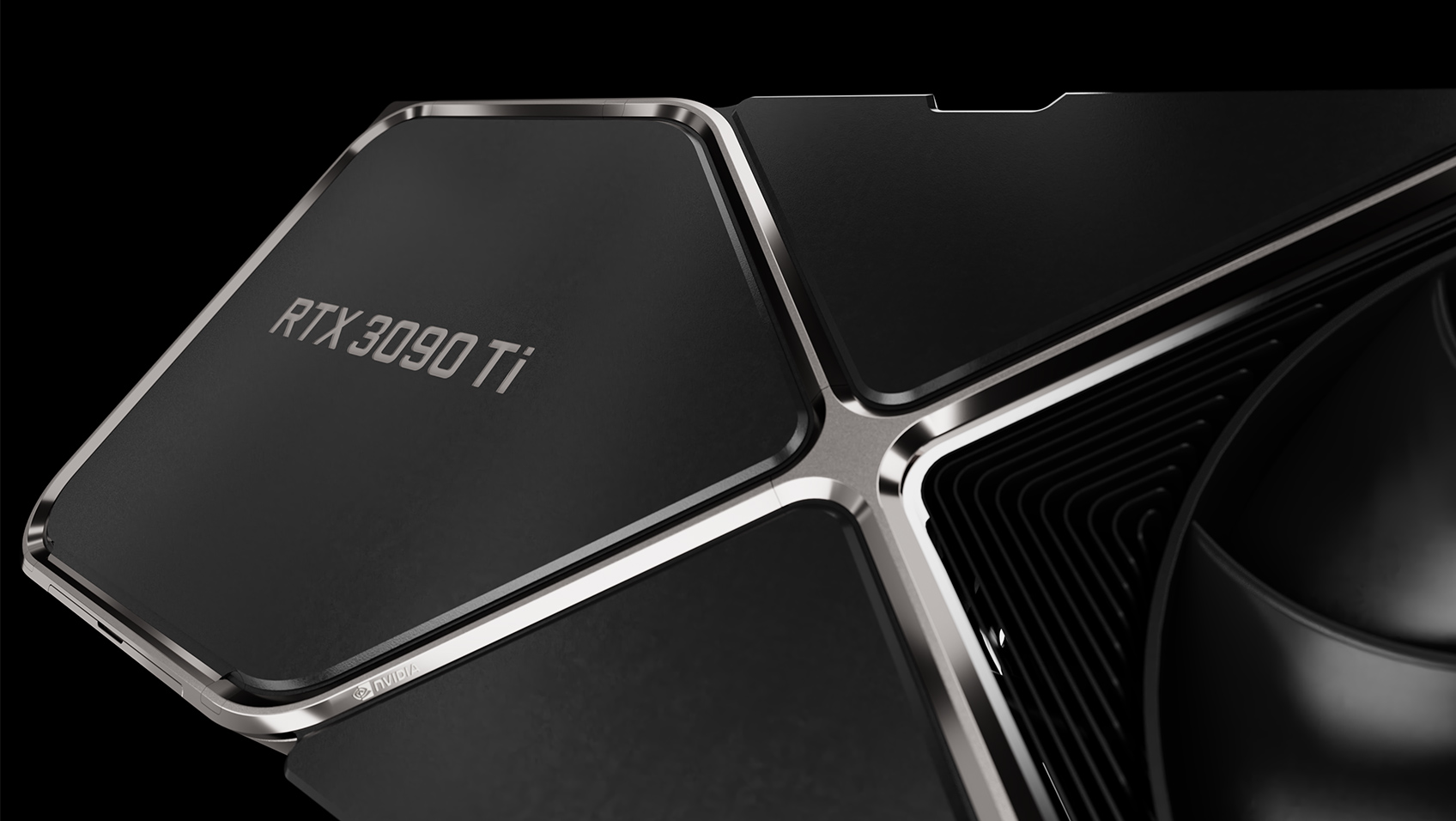Rumors continue to abound about the next set of graphics cards Nvidia and AMD are expected to put out. This time, though, the rumors appear to be leaning towards Nvidia. The new rumors point towards future Nvidia Lovelace gaming GPUs utilizing TSMC’s 4N process node. If true, this could give it a slight advantage over AMD’s RDNA 3 GPUs.
Nvidia Lovelace gaming GPUs may utilize a different process node than expected
Previously, most expected Nvidia to utilize TSMC’s 5nm process in the upcoming Lovelace gaming GPUs. However, a tweet from Twitter user Moore’s Law is Dead seems to point towards something different. The new rumor, instead, says that Nvidia will utilize the TSMC’s 4N process node, a revision of its 5nm process.
This is the same process that Nvidia previously used in its Hopper GPUs (pictured at the top of this article). That GPU is the company’s current data center powerhouse. It revealed that GPU set in late March, so it isn’t all that surprising to see Nvidia pivoting to use it again in its Lovelace gaming GPUs.
The person who shared this information, Moore’s Law is Dead, is a well-known PC and tech analyst who has covered similar topics in the past. As such, there’s reason to believe this rumor could turn out true.
Of course, like any rumor out there, it’s always best to take it with a grain of salt. But, if it does prove true, there could be a number of reasons for Nvidia’s decision to use this process node in its Lovelace gaming GPUs, instead of utilizing its own.
Optimizing for power

The upcoming Nvidia Lovelace gaming GPUs are expected to be a graphics powerhouse. If the company’s previous RTX cards were amazing, then the next-generation are expected to be even more so. With all of that power, though, comes a lot of demand. That’s why it makes sense for Nvidia to go with TSMC’s 4N process node over its own.
The 4N node should bring a lot of optimizations to the power usage we see from the Lovelace gaming GPUs. Since AMD’s RDNA 3 graphics cards are expected to use 5nm and 6nm process nodes, that could already give Nvidia a leg up. Of course, AMD’s will feature an MCM approach that is expected to be highly efficient. But will it be as efficient as TSMC’s 4N process node? That’s what remains to be seen.
If these rumors do prove to be true, it could be worth waiting to purchase a new graphics card. Sure, GPU prices have been falling lately. But, with the improvements that Nvidia has planned for its Lovelace gaming GPUs, as well as what AMD has planned, you might be better off waiting until the new cards drop.








